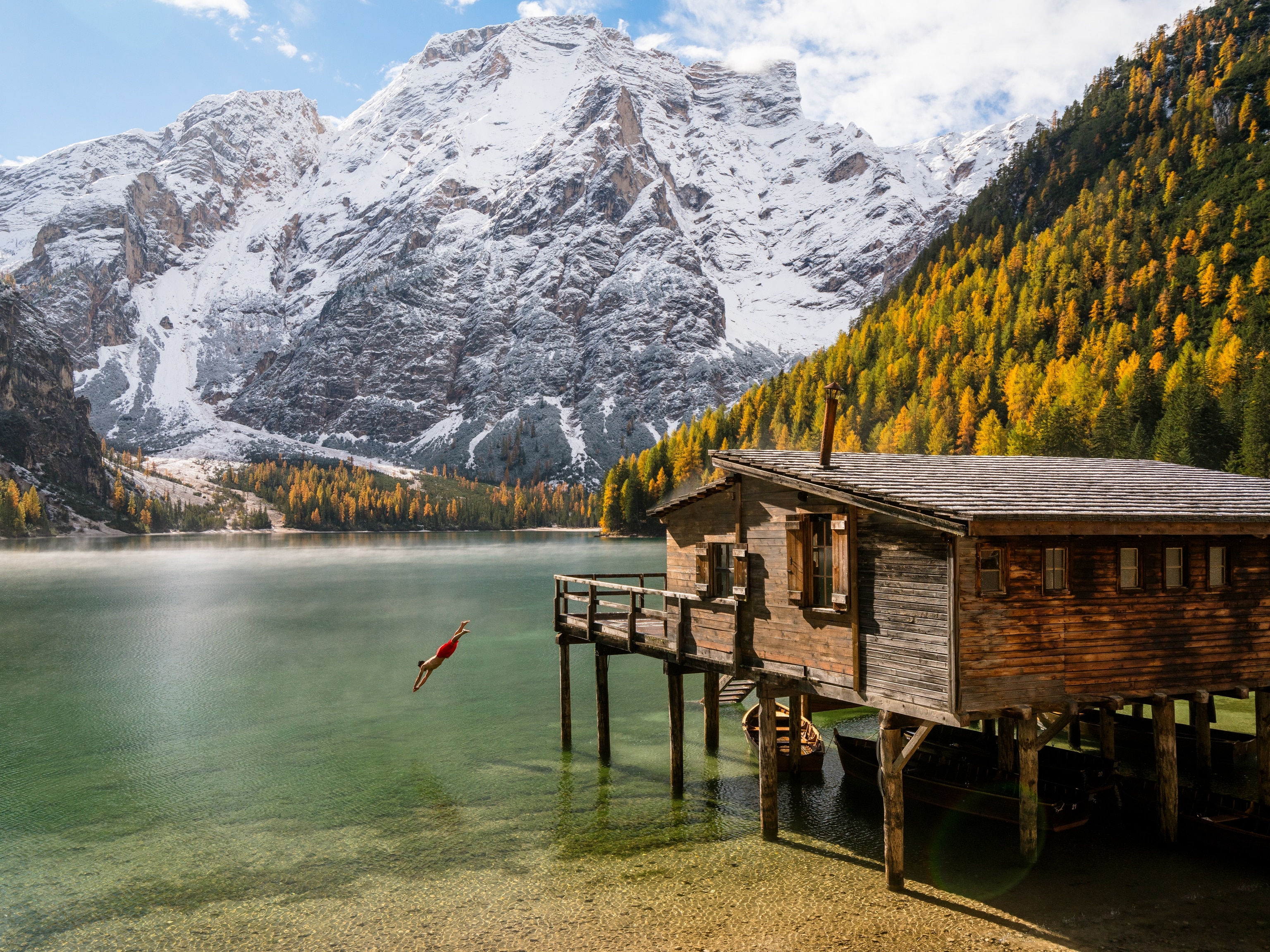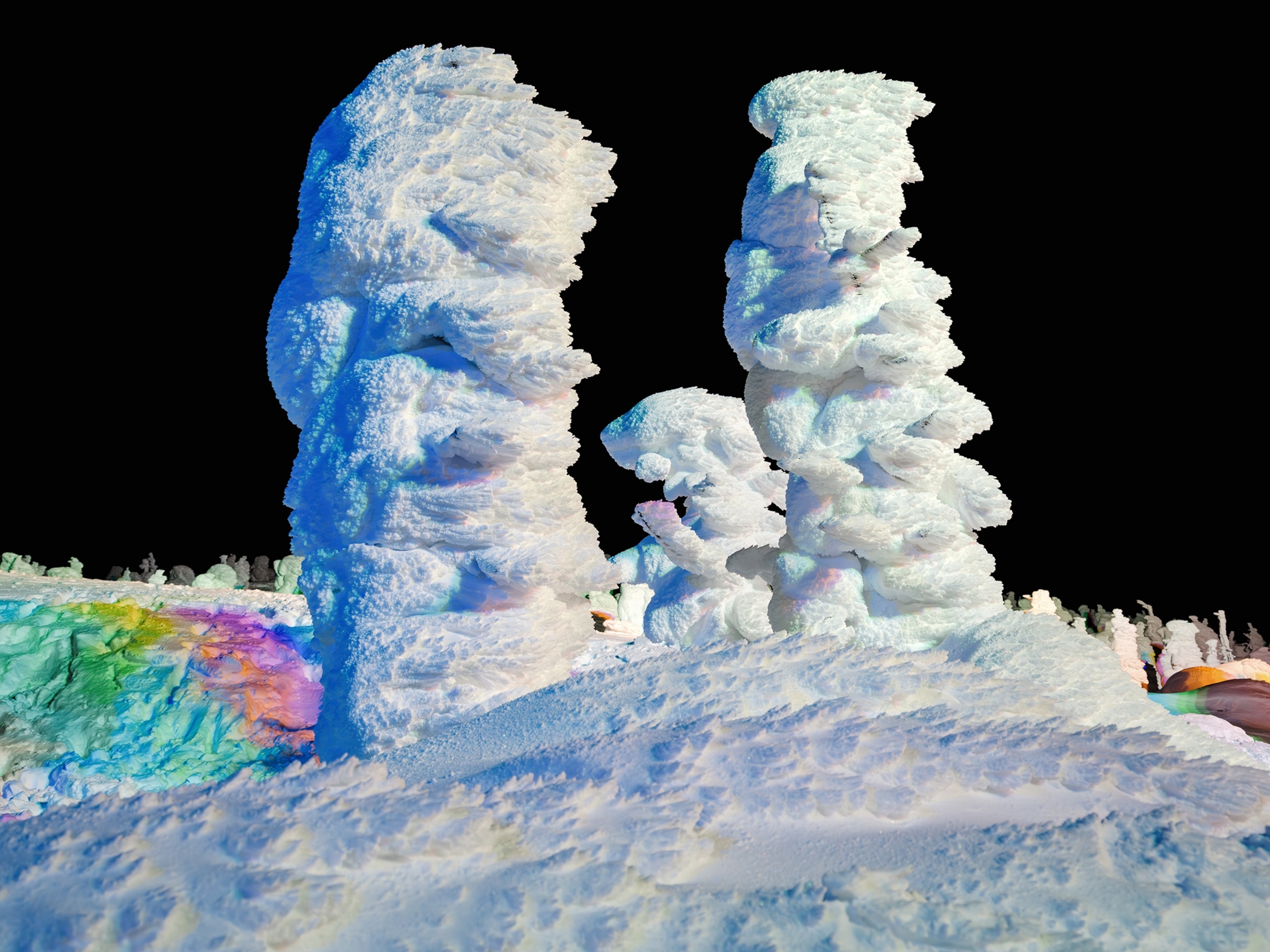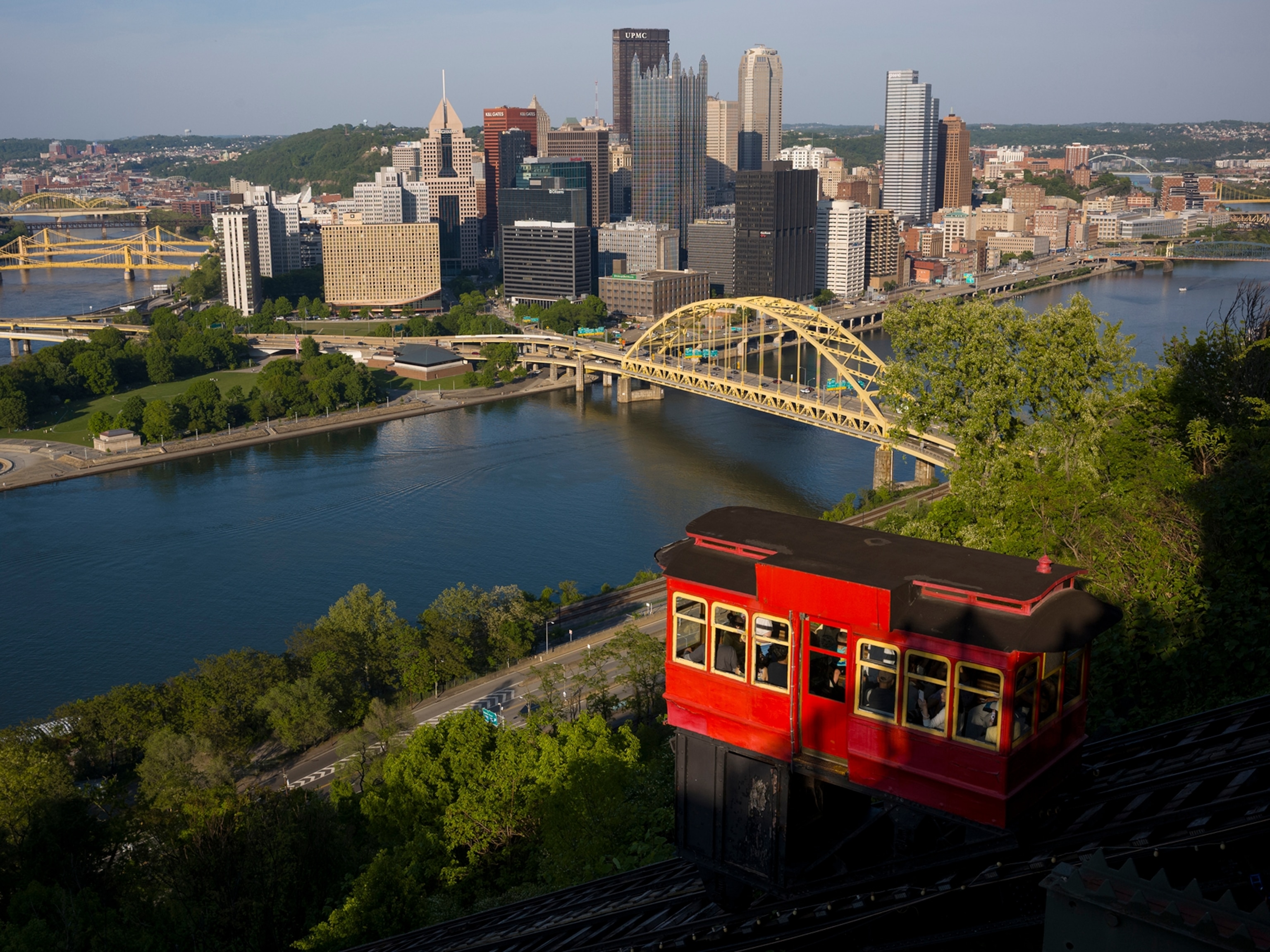See Inside Russia's Most Iconic Ballet
The famed Mariinsky Ballet Theatre in St. Petersburg staged masterpieces for centuries.
Masha, with her childlike ringlets pinned back in bows and billowy white nightgown, glides in front of a Christmas tree hugging her new gift—a wooden nutcracker—as she rises to an elegant arabesque on one pointed ballet slipper. The audience, swathed in sequins and chestnut-colored fur, gaze in admiration as the prima ballerina graciously prances off the stage, clutching her doll as tightly as a teddy bear.
Now as synonymous with the holiday season as Rudolph the Red-Nosed Reindeer, the ballet battle between overgrown mice and over-the-top toy soldiers in Peter Tchaikovsky’s the Nutcracker first debuted in 1892 at the historic Mariinsky Theatre in St. Petersburg.

“The Mariinsky Theatre is one of Russia’s crown jewels, and it’s deeply rooted in the local culture,” says Xander Parish, the first British ballet dancer to join the Mariinksy Ballet. “The people of St. Petersburg seem to have ballet and the arts in their blood.” Children are brought to the Mariinsky Theatre as young as two or three years old to watch short performances before being introduced to classics like the Nutcracker. (Read how to have the best day in Russia's culture capital.)
Dating back to 1783, the Russian theater was once home to some of the country’s most modern stage machinery and featured performances by the Russian Opera Company. Named after Empress Maria Alexandrovna, the wife of Tsar Alexander II, the sea-foam green-coated Mariinsky Theatre is where Swan Lake embraced its second life (following Tchaikovsky’s death) and where the Sleeping Beauty opened. On New Year’s Day in 1811, the façade was destroyed in a fire that blazed for two days. Then the theater was reconstructed and blossomed phoenix-style during its golden age–until the site was once again consumed by flames in 1859. One year later, the gilded theater was rebuilt as a U-shaped, Italian-inspired auditorium with one of the world’s largest stages (and a curtain modeled after the train of the empress’ dress).
“Visiting St. Petersburg and not seeing a ballet at the Mariinsky Theatre is like visiting the city and not seeing the State Hermitage Museum,” says local tour guide and Saint Petersburg State University senior lecturer Natalia Ivanova-Slavianskaia, comparing the 18th century theater with the city’s landmark art museum. “This theater is truly the cradle of Russian ballet, which is almost as old as St. Petersburg itself.”
Lane Nieset is a freelance journalist from Miami who currently calls Nice, France home. Follow her travels on Twitter.
- National Geographic Expeditions




